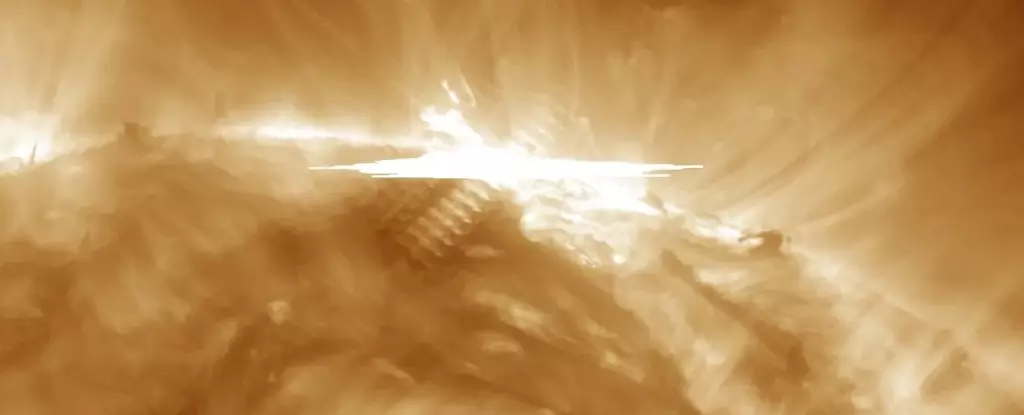Recent reports from the US Space Weather Prediction Center (SWPC) have raised alarms regarding the intersection of geomagnetic storms and the ongoing recovery efforts from Hurricanes Helene and Milton. This convergence poses unique challenges, showcasing how natural celestial phenomena can disrupt not only our technology but also our disaster response mechanisms.
Geomagnetic storms, particularly those triggered by coronal mass ejections (CMEs) from the Sun, have the potential to wreak havoc upon Earth’s technological infrastructure. A recent CME, which struck Earth at 11:17 a.m. leaping to G4 status by 12:57 p.m., serves as a prime example of this phenomenon in action. The heightened solar activity accompanies the peak of the Sun’s 11-year cycle, where an increase in the frequency and intensity of storms is anticipated. These storms disrupt the Earth’s magnetic field, which traditionally acts as a buffer against solar particle radiation.
As recovery operations unfold post-Hurricanes Helene and Milton, the complications introduced by geomagnetic storms cannot be understated. The SWPC’s warnings indicate that satellite communications, GPS services, and even power grid functionality are vulnerable. The implications for emergency management agencies, such as FEMA, are severe; these organizations are already inundated with demands from hurricane recovery efforts, and the added strain from technological disruptions heightens the risk of inefficient responses.
The SWPC proactively reached out to infrastructure operators to mediate potential impacts, yet the very fact that such alerts are necessary highlights the pervasive vulnerabilities present in our modern systems. Incidents reminiscent of the “Halloween Storms” of 2003, which caused significant disruptions, weigh heavily on the minds of responders. Such past occurrences have demonstrated not only the potential for blackouts but also the risks to agriculture and emergency services reliant on GPS technology.
The ramifications of increased geomagnetic activity extend beyond immediate practical concerns. These storms also influence the visibility of natural phenomena, such as auroras, which could attract spectators eager to experience their beauty in areas that would typically be unremarkable. Depending on the geographic latitude, dazzling displays of light could become visible in regions as far south as northern California and Alabama. However, even amidst this enchanting spectacle, the underlying challenges persist, as increased atmospheric drag could necessitate orbital adjustments for thousands of satellites—a logistical headache that could compound recovery efforts.
The recent geomagnetic storms illustrate the fragility of our technological reliance in the face of natural events. From satellite disruptions to power grid vulnerabilities, the interplay between celestial phenomena and earthly operations serves as a potent reminder of our limitations. As recovery efforts from past hurricanes continue, the dual influence of geomagnetic activity poses a critical challenge, demanding that we not only fortify our infrastructure against natural disruptions but also seek innovative ways to adapt to an uncertain and ever-shifting natural world.


Leave a Reply